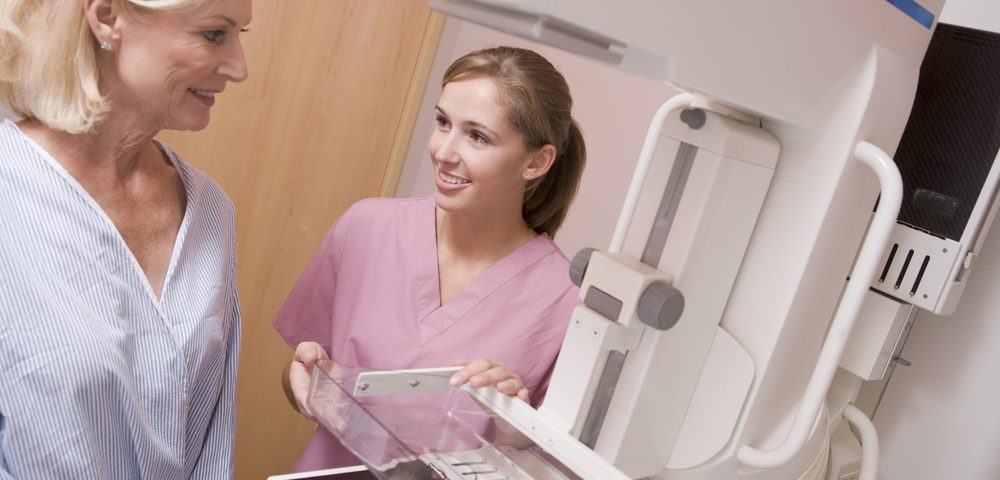There is no evidence of a clear cut-off age at which women should stop being screened for breast cancer, according to data from the largest-ever study on screening mammography outcomes.
The findings were recently presented at the Radiological Society of North America (RSNA) 102nd Scientific Assembly and Annual Meeting in Chicago.
Breast cancer screening currently relies on regular mammography imaging exams throughout a woman’s life, but researchers have not been sure when women should stop being screened for breast cancer.
“There has been a lot of controversy, debate and conversation regarding the different breast cancer screening guidelines, even among major national organizations, over the past few years,” Cindy S. Lee, MD, assistant professor in residence at the University of California, San Francisco, said in a press release.
“All prior randomized, controlled trials excluded women older than 75, limiting available data to small observational studies,” she said.
As a result, the United States Preventive Services Task Force (USPSTF) issued new guidelines in 2009 stating there wasn’t enough data to assess the benefits and harms of mammograms in women ages 75 and older.
The researchers used data from the National Mammography Database to assess whether women could stop getting mammograms at a particular age. They analyzed data from more than 2.5 million women ages 40 or older who underwent a total of more than 5.6 million mammograms, performed from 2008 to 2014 in 150 facilities across 31 U.S. states.
Patients were divided according to their age into groups of five-year intervals, and each age group was assessed for the performance of screening mammography. Four performance measures were assessed, including cancer detection rate; recall rate (percentage of patients who are called back for follow-up tests after an anomaly was found in their mammogram); and positive predictive values for biopsy recommended (PPV2) and biopsy performed (PPV3), which is the percentage of cancers found in patients for whom a biopsy was recommended or performed.
The best screening performances are those with high cancer detection rates, PPV2, and PPV3, and a low recall rate.
Researchers found that the mean cancer detection rate was 3.74 per 1,000 patients, the recall rate was 10 percent, PPV2 was 20 percent, and PPV3 was 29 percent.
But importantly, when they looked at each age group, they found that from women 40-45 years old to women 85-90 years old, the cancer detection rate, PPV2, and PPV3 increased gradually, and the recall rate decreased.
“The continuing increase of cancer detection rate and positive predictive values in women between the ages of 75 and 90 does not provide evidence for age-based mammography cessation,” Lee said.
This suggests that the age at which a women should stop being screened for breast cancer depends mainly on her personal health history and preferences.
“We know that the risk of breast cancer increases with age,” Lee said. “With the uncertainty and controversy about what age to stop breast cancer screening, we want to address this gap in knowledge using a large national database.”

